Reasons For High Gas Consumption Of CNG Fuel
1. Original vehicle condition
A. The technical performance of the original car is poor.
B. The car has poor sliding performance, brake failure, improper adjustment of various mechanical parts and transmission systems, high resistance, and low tire pressure.
C. Clutch slipping
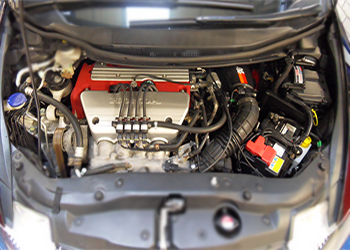
2. Engine
A. The maximum power and torque of the engine shall not be less than 90% of the rated value of the engine
B. The pressure of each cylinder should not be less than 0.8Mpa, and the pressure difference between each cylinder should not exceed 5% of the average cylinder pressure.
C. The vacuum degree of the intake pipe should be within the standard range when the engine is idling
D. Valve clearance is too small or too large
E. Excessive dust and blockage in the air filter cause the mixture to become too thick
F. Air leakage at engine connections, such as intake and exhaust manifolds, cylinder gaskets, vacuum pipes, carburetors, or throttle seats.
G. The carburetor is too dirty, blocked, and the throttle valve is stuck.
H. Incorrect engine valve timing
I. When using gasoline, the engine speed should be stable under all operating conditions, and there should be no sudden explosion during sudden acceleration or deceleration. The throttle valve should not backfire, and the oil pressure should be stable.
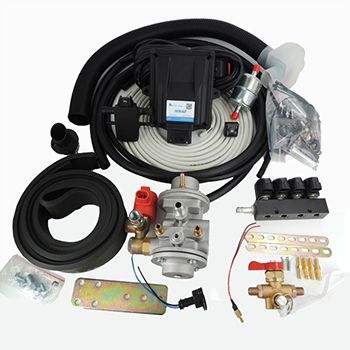
3. Engine ignition system
A. The no-load voltage of the battery is greater than 12.4V, and the starting voltage is greater than 8.5V.
B. The peak voltage of the generator during normal operation reaches 14V, and the starter is normal.
C. Good performance of distributor or electronic igniter
D. The spark plug has good performance, no ablation, and the gap adjustment is correct. The gap between spark plugs is 0.6-0.7 mm, and their operation and gap should be checked regularly every month.
E. There is no damage or leakage of high-voltage wires, strong high-voltage sparks, and blue sparks.
F. Poor grounding of the circuit
4. Operation
A. Unskilled driving skills, engine running at high speed, should be driven at medium speed, and gas vehicles should shift gears in advance.
B. The engine water temperature is not maintained at normal operating temperature and has been driven at low temperatures for a long time.
C. The gas cylinder and main gas valve are not fully open, and the decrease in power leads to an increase in gas consumption.
5. Poor road conditions, narrow roads, road repairs, traffic congestion, and frequent parking have resulted in slow driving speed, short taxiing distance, increased engine braking and starting times, and increased fuel consumption.
6. Gas installation
A. Check if the output pressure of the pressure reducer meets the standard
B. Frost on the pressure reducer, check if the water temperature of the two circulating water pipes and the engine is the same, if the water circulation is blocked, and if the temperature of the pressure reducer is low, causing the mixture to be too rich.
C. The high-pressure solenoid valve is not tightly closed and leaks air
D. Check if the mixture is too rich and the sealing of the connection between the mixer and carburetor or throttle valve.
E. Check for air leakage at pipelines, high-pressure gauges, gas filling valves, cylinder joints, etc.
7. Reasons and methods for insufficient power
A. Oil gas mixed combustion, low engine compression ratio, insufficient cylinder pressure, large cylinder pressure deviation, and insufficient vacuum in the engine intake manifold.
B. Recheck if the valve clearance is too small, and the clearance should reach the upper limit of the original vehicle standard.
C. Check the ignition system: Low battery voltage leads to insufficient ignition energy and poor grounding wire contact. Leakage and aging of the cylinder line, excessive spark plug gap or ablation.
D. Installing a high-energy igniter can solve problems such as high speed, easy disconnection, insufficient ignition energy, insufficient combustion, and reduced power.
E. The adjustment of the power valve opening is too small or blocked, causing insufficient flow at high speeds, resulting in a lean mixture.
F. Impurities or foreign objects in the pipeline hinder the gas flow.
 Refer to£ºhttps://afdc.energy.gov/vehicles/natural_gas_filling_tanks.html
Refer to£ºhttps://afdc.energy.gov/vehicles/natural_gas_filling_tanks.html
The pictures and articles are from the internet. If there is any infringement, please contact us to delete them.
Popular articles
-
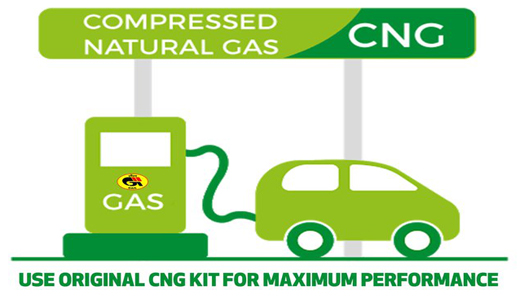
How the CNG Automotive S
Compressed natural gas (CNG) automotive systems
-
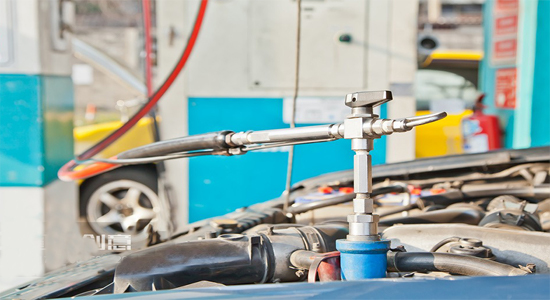
What Is CNG Pressure Red
The pressure reducer of natural gas vehicle is
-
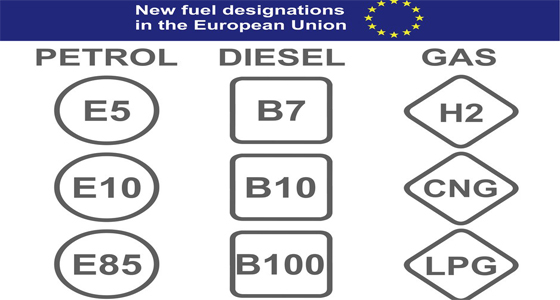
Advantages Of CNG Gas V
Compressed natural gas vehicles are vehicles th
-
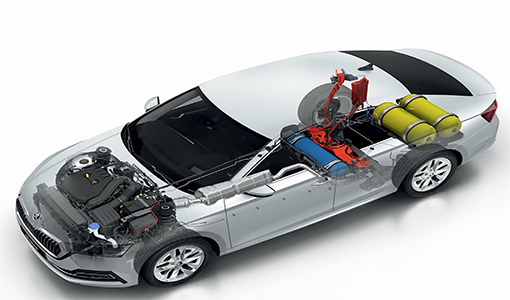
Reasons For High Gas Con
1. Original vehicle condition A. The tec
-
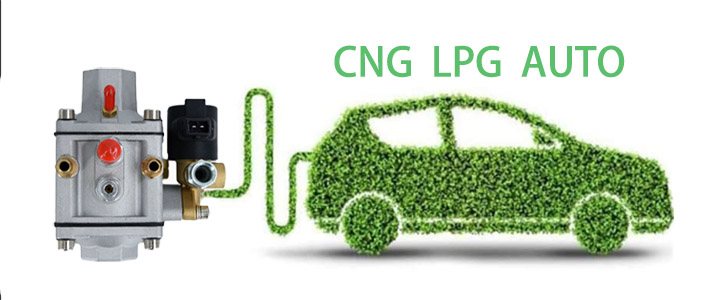
Differences Between Sing
Characteristics of Gas Single Point Device
-
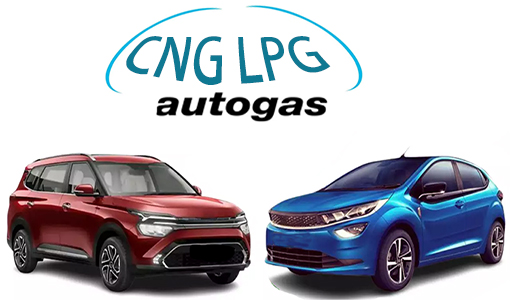
How To Improve The Power
1. Install ignition advance angle What i
-
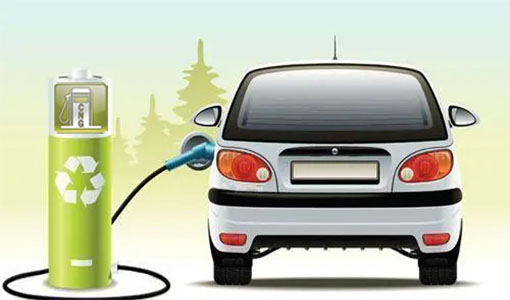
Advantages And Principle
LPG and CNG are two mainstream alternati
-
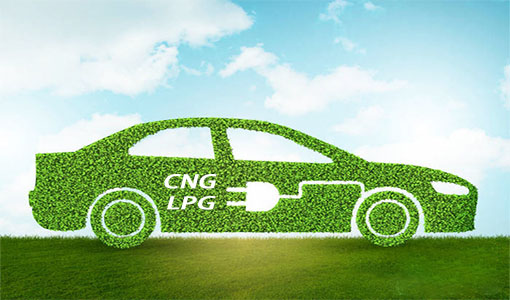
How The CNG Gas Vehicle
If you want to know ¨C how does the CNG conversi






Latest comments
0piece comment
no comments, welcome to comment¡£